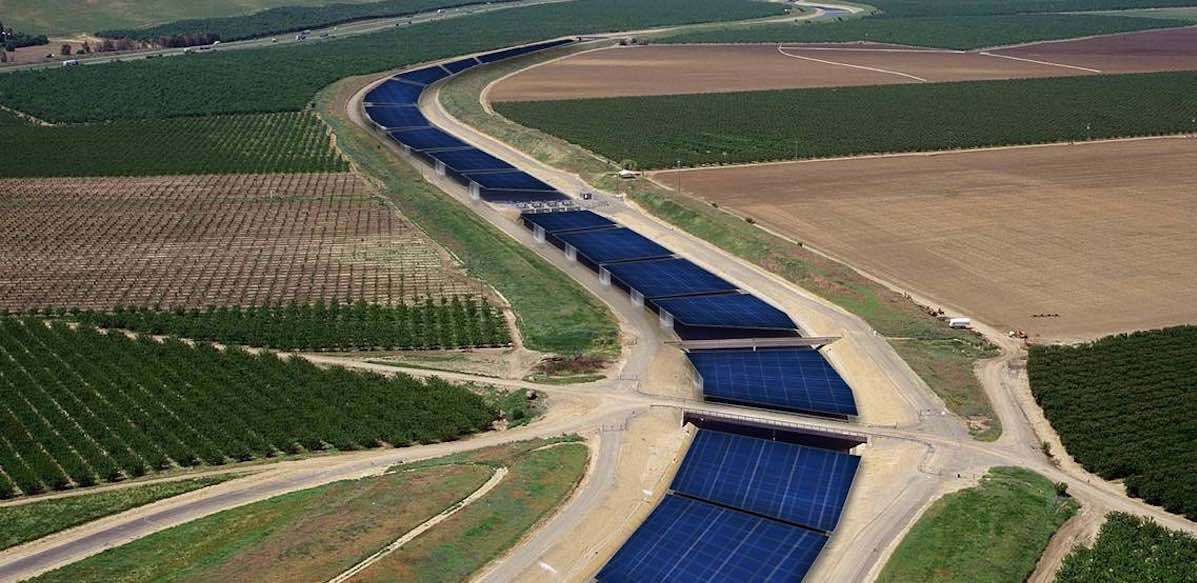Watch How Texas Man Found Huge Dinosaur Tracks in Riverbed Dried From Drought
Droughts aren't all bad. Sometimes the receding of rivers reveals amazing things, such as the tracks of a giant dinosaur from 113m years ago.

State utilities in California are preparing to launch a pilot project to cover California's irrigation canals in solar panels.
The decision was influenced by a landmark 2021 research paper, where scientists at Univ. of California Santa Cruz crunched the numbers and figured that the panels would save 63.5 billion gallons of water from evaporation annually by shading the flowing water.
Turlock Irrigation District Water & Power is preparing two pilot canal projects: a 500-foot (152-meter) curved canal section near the town of Hickman, and a second mile-long (1.6-km long) straightaway in nearby Ceres.
WS reported last year that the UC Santa Cruz investigation found that for every megawatt of solar energy generated during Turlock's 290 days of average sunshine, the pairing of panels over canals could replace 15-20 diesel generators used to pump water along the canals.
Called Project Nexus, the work is slated to begin this October with funding of $20 million from the state's coffers.
Along with preventing evaporation, reducing the land clearance needed for solar farms, and boosting green energy output, the canal-mounted panels have the added benefit of longer functional lifespans, as the water underneath keeps the panels' undersides cooler.
This idea actually began in the Indian state of Gujarat in 2014, when a pilot project covering 750 meters of canal space led to the creation of an entire canal-topped solar plant in Vadodara District, and another one totaling 100 megawatts off the Narmada River.
Researchers in India found that the water running beneath the panels cooled them, too, preventing overheating and resulting in an average efficiency increase of between 2-5%.
There are around 4,000 miles of canals in California, which could produce up to 13 gigawatts of power which would cover around 750,000 homes, or around half of Los Angeles.
"It's really exciting to test our hypothesis and the paper we published. We'll have an opportunity to really understand if those benefits pencil out in the real world," Brandi McKuin, one of the lead investigators at UC Santa Cruz, told Reuters.
(Note: WS has no affiliation with any ads displayed in the following video)
Create A FLOW Of Good News Out To Your People On Social Media…
Be the first to comment